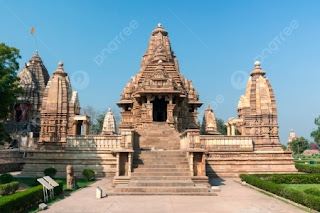Nestled amidst the breathtaking
landscapes of the Tibetan Plateau, the Palyul
Choekhorling Monastery stands as a testament to the enduring legacy of
Tibetan Buddhism. This monastery is also known as
Nyingmapa Buddhist Monastery and the monastery offers free education, lodging,
clothing, medical care, and food for all the monks who are studying here.
This revered
institution, established in the 17th century, has played a pivotal role in
preserving and disseminating the profound teachings of the Nyingma school, one
of the four major traditions within Tibetan Buddhism.
The history of Palyul Choekhorling
Monastery can be traced back to the visionary efforts of Rigdzin Kunzang
Sherab, a renowned Nyingma lama who founded the monastery in the year 1665.
Over the centuries, the monastery has served as a center of learning, spiritual
practice, and contemplation, attracting devoted followers from across the
Tibetan cultural sphere. The monastic life at Palyul Choekhorling is
characterized by a rich tapestry of religious activities and methodologies. At
the heart of the monastery's daily routine lies the practice of Vajrayana, a
distinct approach to Buddhist enlightenment that emphasizes the use of various
ritual tools, visualization techniques, and esoteric teachings.
The monks engage in meticulous study
of the Sutras, Tantras, and other sacred texts, delving into the nuances of
Tibetan Buddhist philosophy and its application in personal and communal
spiritual development. Beyond the study of canonical texts, the monastery also
serves as a hub for the preservation and transmission of unique Tibetan
Buddhist art forms. The monks are skilled in the creation of intricate thangkas
(Tibetan Buddhist paintings), mandalas, and other sacred objects, which serve
as visual aids in meditation and ritual practices.
Palyul Choekhorling
Monastery stands not only as a spiritual sanctuary but also as a cultural
treasure trove embodying the rich heritage of Tibetan Buddhism. Its historical
significance, coupled with its commitment to spiritual growth and
enlightenment, makes it a revered destination for pilgrims and scholars alike. Visiting
Palyul
Choekhorling Monastery offers a unique opportunity to delve into the
depths of Tibetan Buddhist philosophy, witness centuries-old traditions in
practice, and experience the serene beauty of its Himalayan surroundings.










